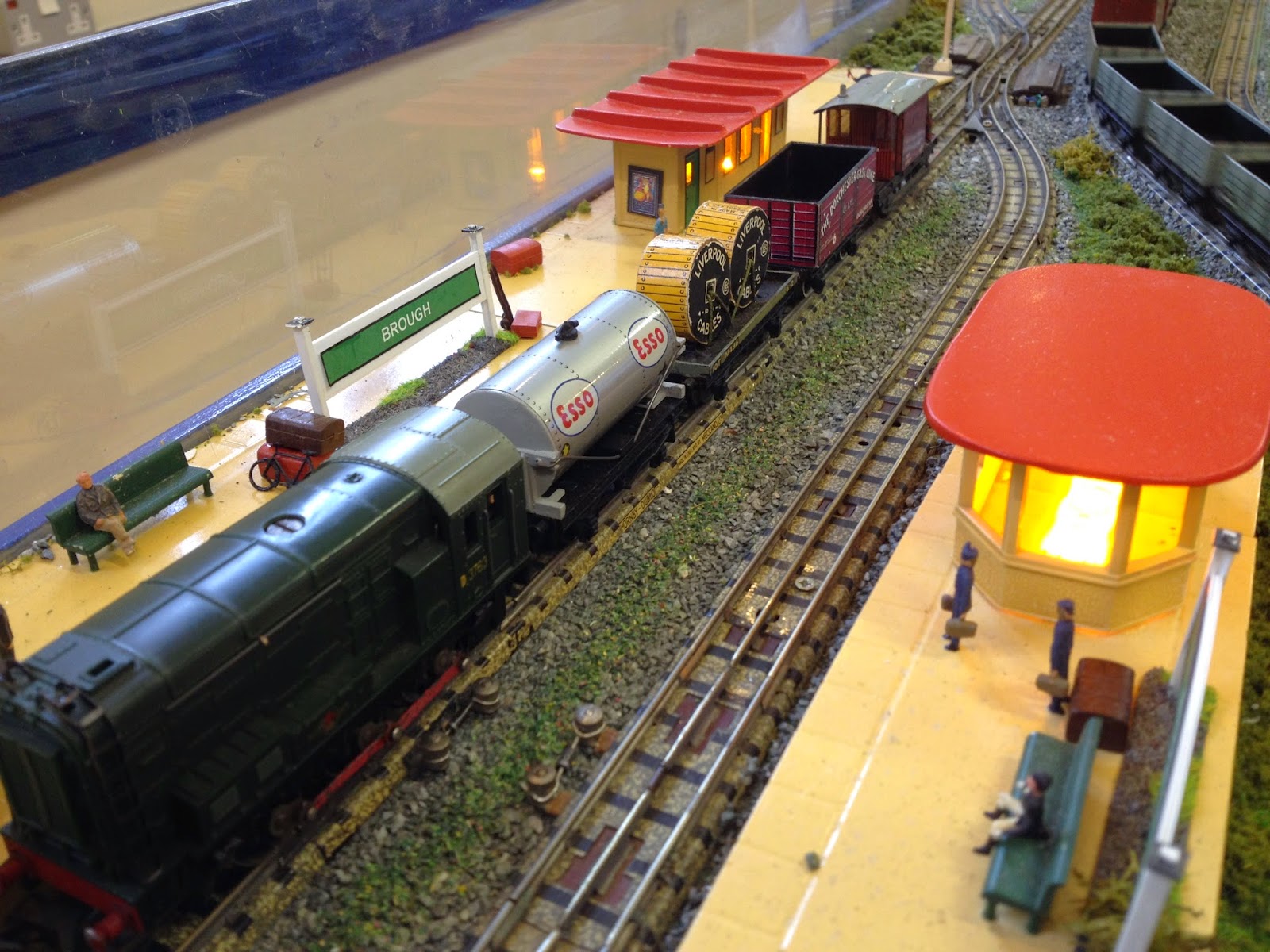The design of the new circuit means I can wire it into the existing wiring and simply divert the current signal feed wires into the PCB. I've also designed a configuration for working a pair of signals from one control PCB.
After some head-scratching around how to configure the circuit, I acquired a circuit design tool for my Ipad, which also allows me to run animated simulations of how the circuit will perform - changing the values of the capacitor and resistor shows pretty accurately how long the timing will last. I might splash out on some variable resistors so that I'll have the ability to adjust the timings. It still works out cheaper than buying them pre-made!
Using the design tool, I've mapped out the schematic diagram for a two aspect signal as per below...
For the circuit to work, I need a trigger signal to start the timing (charging / discharging) process. For nearly all DC applications, either reed switches or infra-red detectors are used. Neither of these options appeal and for three rail applications there is a much easier way, which uses the dead track sections in standard HD points, which is why there's a second relay in the circuit.
The left-hand relay is momentarily energised by the passing train, this closes the relay contact and allows voltage through the diode into the capacitor to charge it. Once the train has passed the section, the coil is de-energised, the switch contact opens and the discharging process begins. Current now flows from the capacitor, through the resistor to the base of the transistor fitted in the 0v return of the main control relay, which is powered with a permanent 12v supply. The transistor is now energised via the capacitor charge voltage in its base so the relay coil is now powered. The contacts change and power is sent to the red signal (colours not shown here) once the capacitor has fully discharged, the transistor loses its base signal and prevents current flow, de-energising the relay and returning the contact to the green (normally closed contact) position.
The switch shown on the right of the diagram is the red or green power feed that is received from the existing wiring configuration. When the signal is set to red, power is sent via the other diode straight to the red signal, bypassing the relay control altogether.
After even more head-scratching, I worked out the circuit for two signals, controlled by the same signal feeds (red and green aspects swap according to the points position)
I'll be relying on the track voltage from the running train to provide the power to the coil of the first relay, I know from previous experience that this will work. I don't need to add any isolated track sections, I can use the dead sections of the points (circled)
The two short dead sections circled have wires soldered underneath which will feed into the first relay coil. Two additional diodes will prevent track shorts from occurring. Thankfully when we built the layout, I soldered extra wires on all the points as a precaution!
Here's a quick mock-up using a three rail pick-up from a three rail loco to demonstrate how this works...
As the locomotive approaches this section, the third rail pick-up is momentarily conducting power from the centre rail and makes contact with the isolated section.
As the train continues to move the process is repeated again as the front of the pick-up makes contact again with the main rail, as the back of the pick-up connects to the isolated section. This effectively creates two very short pulses of power into the relay coil, which starts the process.
As the pulse is so brief, it's hard to capture in the simulation software but here the capacitor has been charged and is now powering the main relay, closing the contact and turning the signal red (first lamp)
Now the capacitor has fully discharged and the relay is disconnected, power returns to the green signal (second lamp)
If the points are selected in the other direction, power is shunted straight through the diode to the red signal, bypassing the relay control altogether, keeping the signal red at all times.






























